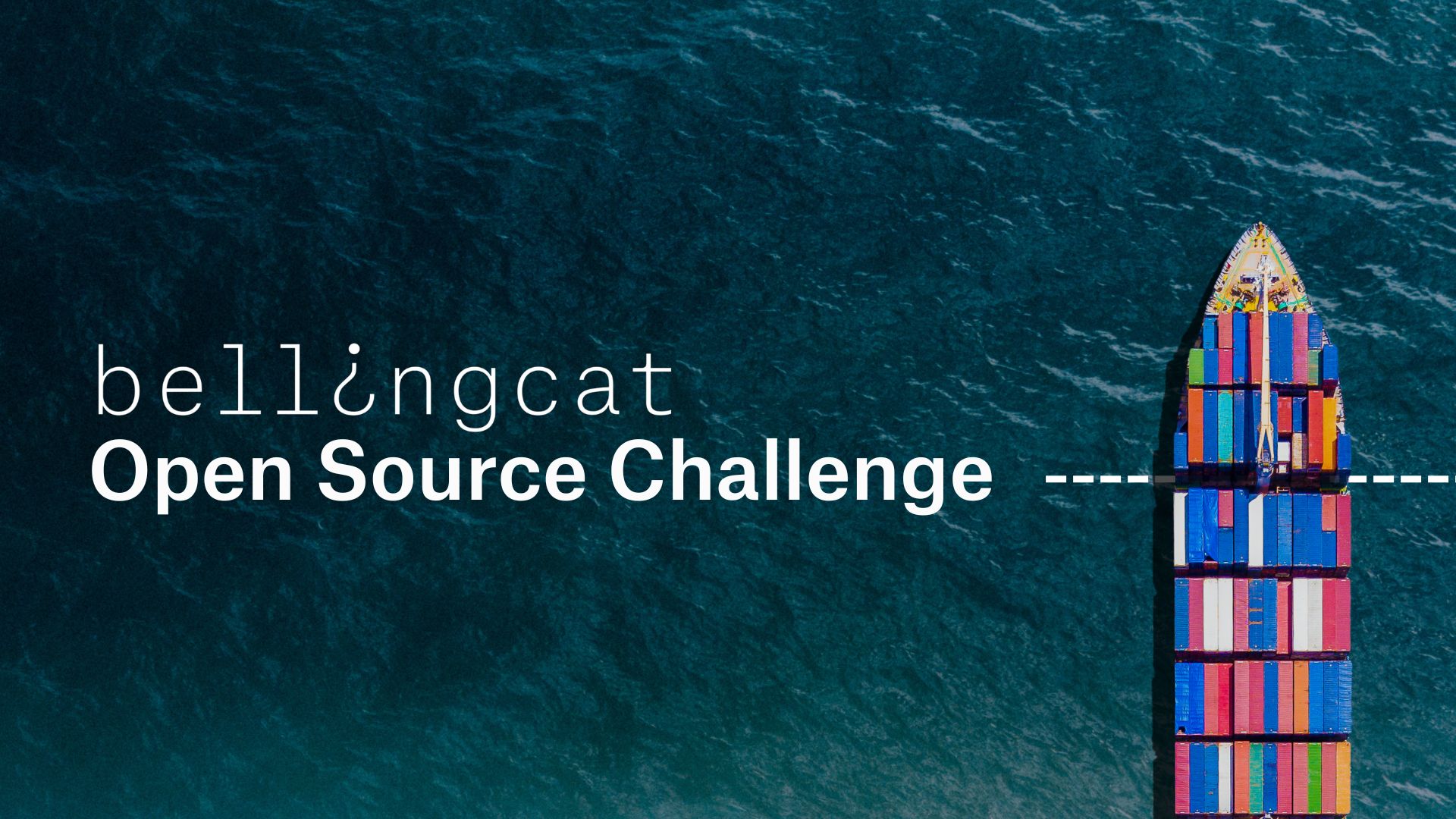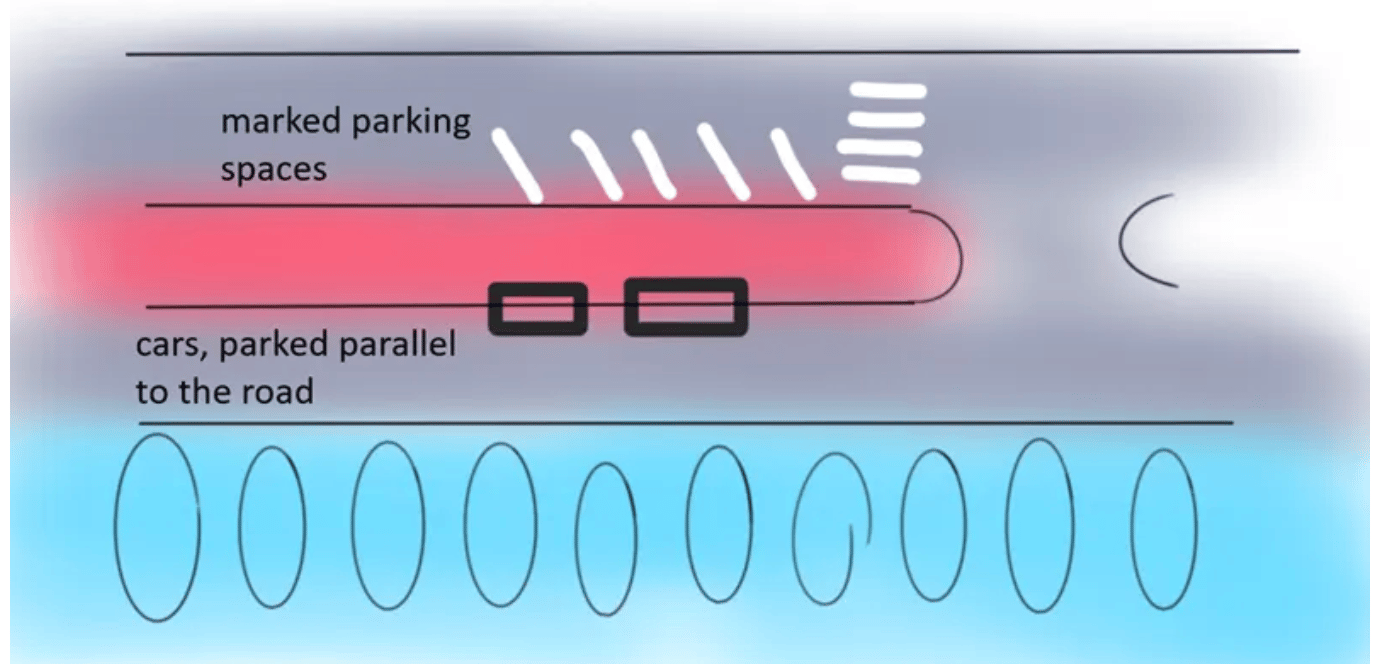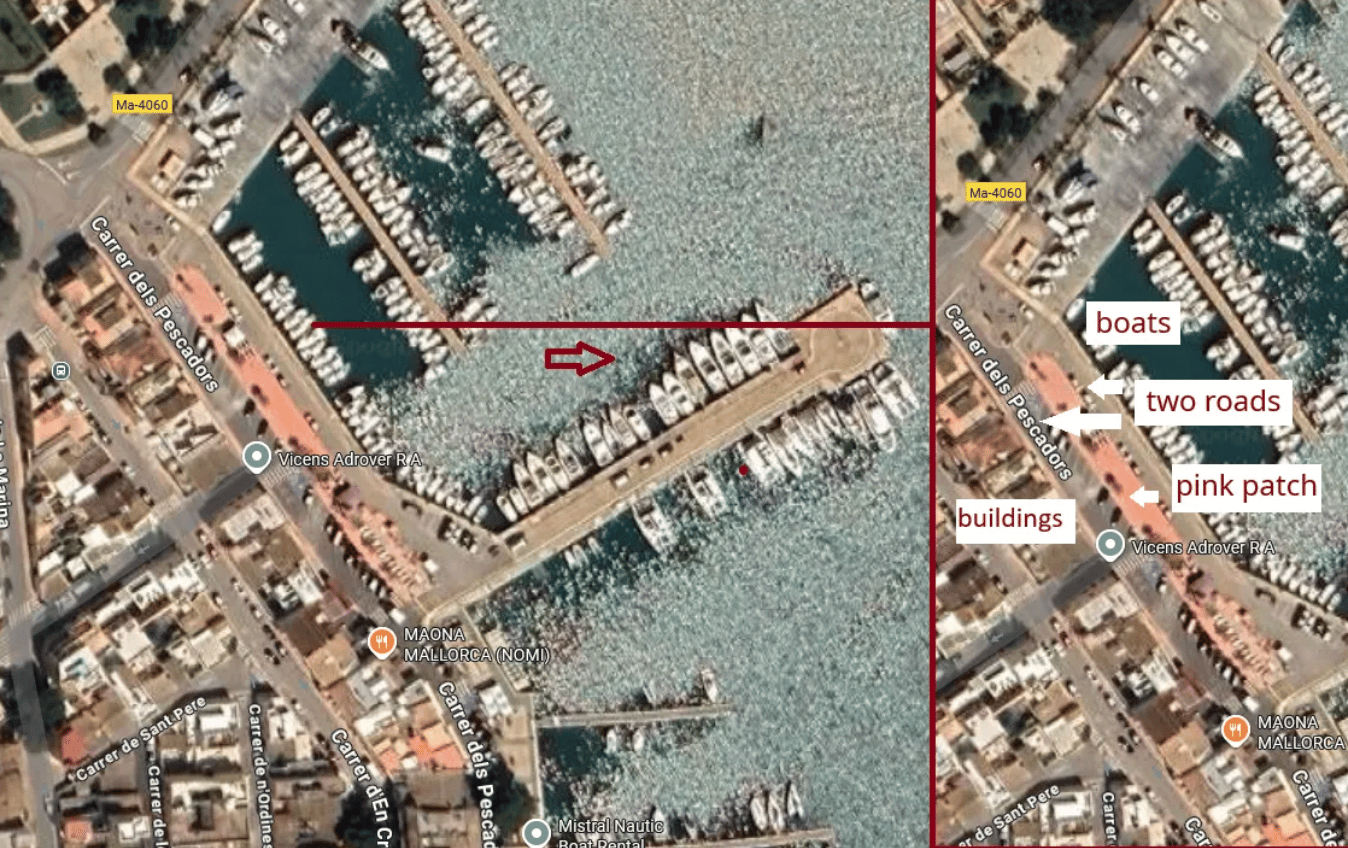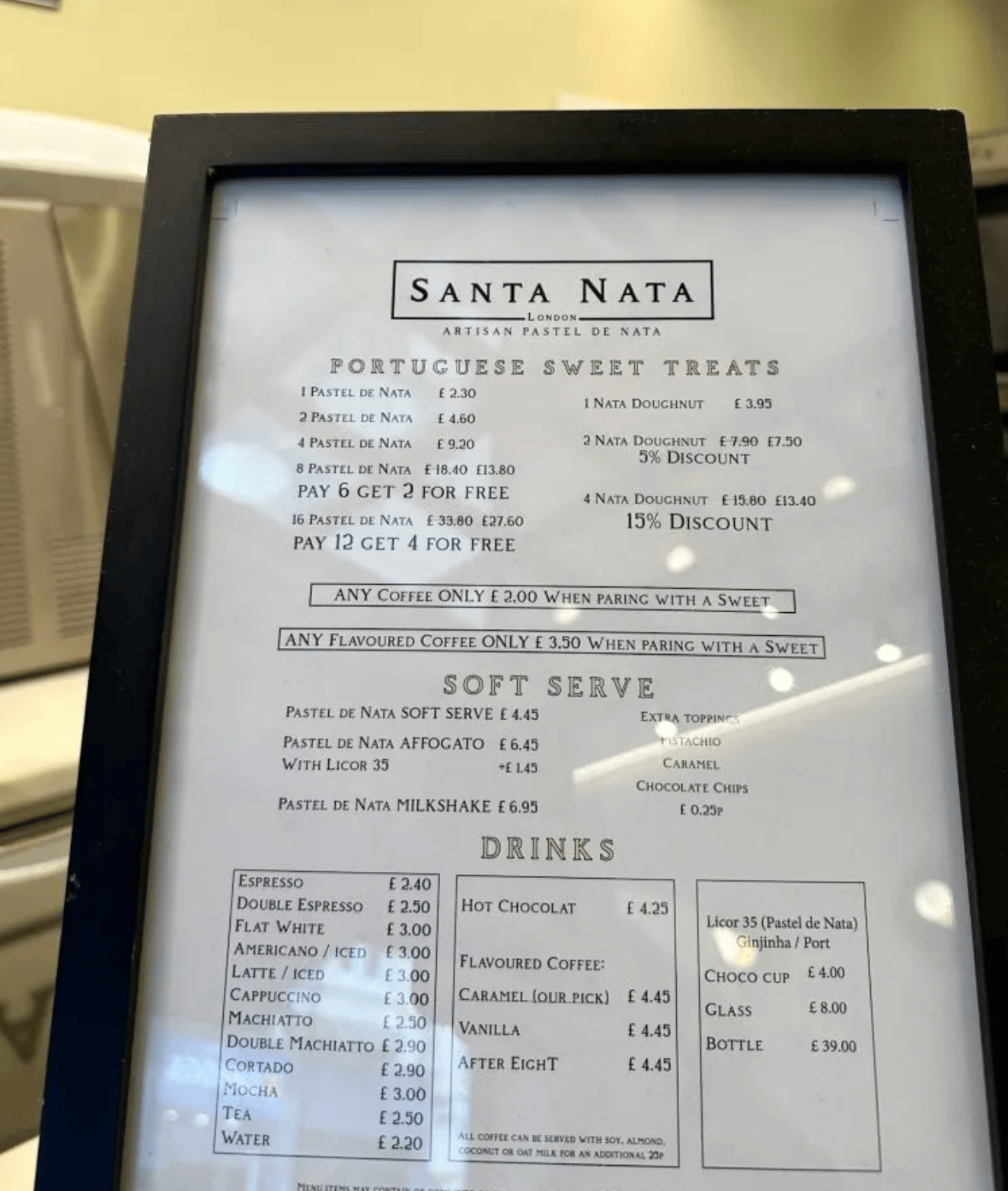- Bellingcat Challenge Newsletter
- Posts
- Oceans of Evidence
Oceans of Evidence
Ready to track some ships?
Welcome back!
It’s the first Monday of the month, which means a fresh batch of challenges is ready for you. We’re tracking ships this month, not physically, but using open source research methods. A field of research that has proven very valuable in many of our investigations.
In this newsletter, we’ll look back at the challenges of last month. They weren’t easy, were they? Members from our community shared how they got on, and we’ll look at how Bellingcat researcher Pooja Chaudhari tackled the tasks in our livestream. Alright, let’s dive in. Brace yourself for a tidal wave of nautical puns by Galen...

October Challenge - Oceans of Evidence
This has been a topic that’s been on our to-do list since we started doing the challenges. Ship tracking is a valuable skill in open source research. The oceans are enormous, with a lot happening beneath the surface, including smuggling routes, illegal fishing operations, and shadow fleets. At Bellingcat we’ve been using ship tracking data and satellite imagery to keep an eye on the shady things going on at open sea.
To create these challenges we called in a true expert in the field. Tomi McCluskey is a Bellingcat volunteer and ship tracking enthusiast. You can check out his recently released blog “The Nauti Notes” for more information about his work. Also find him on Bluesky.
Curious about how Bellingcat has used ship tracking methods to find Russian ships smuggling grain from occupied Ukraine or identify the ship responsible for an oil spill off the coast of Trinidad and Tobago? Checking out these stories might also give you an insight into the tools and methods that are useful for solving the challenges.
Think you’re ready? Find the latest challenges here.
If you get stuck or are visiting one of the locations soon, join our Discord server for tips on the challenges or for your upcoming trips!
This month, Michael Colborne will take the challenges live on our YouTube channel. He usually researches the movements of the transnational far-right, but let’s see how he does at ship tracking… It might inspire him for some new research ideas. Tune in on Wednesday, October 15th, at 5pm CEST.
September’s Puzzling Postcards
SPOILER ALERT: From this point on, we’ll be discussing last month’s challenges. If you still plan to complete them, you may want to skip this section.

Screenshot of last month’s challenges
Here are the answers to the “Puzzling Postcards” challenges:
Seahorse
8655 Highland
SK215
Santa Nata
Raina Park
Thanks again to everyone who shared their learnings with us, whether it was on Discord, our social media channels, or in your own blog posts or videos. We’ll highlight some of our favourites here.
Your Approaches
Our social media editor Charley submitted the “Seems Fishy” exercise last month, where did she go on holiday? Effenok turned to Medium to share how they found out. Using a nicely structured approach and some tips from GeoGuessr players, they quickly identified the Balearic islands in Spain as a likely destination. However, narrowing it down to a specific location required a more manual approach, inspecting all similar-looking ports across the region. To assist with this, they created a visualisation of the area.

Visual schema of car parking at the location made by Effenok.
This is a great tip, and one often used by Bellingcat researchers during geolocations. It helped Effenok to find a port in Mallorca where the boats are docked in a similar way. They confirmed the location of the statue on Street View and saw that before the lobster was installed on the rock, there was a seahorse living there.

ALT: Effenok’s identification of the correct location in the Port of Portocolom. The boats are docked directly near a road, which is separated from another road by a pink patch. There are small buildings on the side of the road.
Effenok also took on “Shifting Focus”. Although the image was blurry, they were able to identify the ‘Chevron’ logo. This gas station chain mostly operates in the United States. A reverse image search of the mountains suggested Utah. To find which gas station in Utah was pictured, they searched for Chevron gas stations on Google Maps. The triangular roof of the gas station in the photo stood out among the other gas stations they looked at on the Google Maps photos, and led them to the right location.
“A Final Approach” was solved by Effenok. In a very nicely structured breakdown they explain what features they looked at to determine the photo must have been taken close to an airport in Norway. They looked for similar road constellations directly by the runway on satellite imagery, and found a good match near Kristiansand Kjevik Airport. To determine what flight this was they had to find the approximate time the photo was taken.
They suggested checking this video by Benjamin Strick, where he explains estimating the time in videos or photos based on the shadows. Using the Suncalc tool, they determined that the flight must have been between 14:00 and 15:00. Checking the SAS flight schedule for Tuesdays they managed to find the correct flight number.
For “Ice Ice Baby” Kim George started off by identifying the black square in the background as a map pole that’s frequently seen around London. She then tried a Google reverse image search of the buildings in the background that suggested the photo was taken near Covent Garden. Luca Muscella came to the same conclusion without reverse image searching, but with the benefit of living in London! From that point on, they were both able to spot the nearby ice cream shop and match the background details with Google Street View imagery. Ronn13_OSINT took it even further and identified what ice cream Viktorija ordered that day. We did a quick check and confirmed it was indeed the Pastel de Nata ice cream.

The choices Viktorija had to make when visiting the ice cream shop in London.
The last challenge of the month was, let’s say, tricky. While days passed by, and cries for help became more desperate, many of you came together in the Discord server. You mostly found people even more confused than you were, but hey, at least you’re not alone! Most of you started with identifying the trees in the background to get a general area. After that many people scanned tons of parks in Scandinavia, a tedious process. One Discord member, MoonRae, pointed out they used ChatGPT for some park recommendations to check in Latvia, which might contain sculptures. They were recommended to check the Sigulda area, which is where the right location could be found in Raina park.
But we have to admit, sometimes there’s no smart way of doing a geolocation. It can take a long time just scanning potential locations, and sometimes a bit of luck. Therefore, we’re especially glad to see so many of you turned to the Discord to discuss your findings. And showed up to the livestream to work on it together and ask questions. Apologies for everyone who had nightmares about parks in Scandinavia over the last month.
And Finally…
Make sure to rewatch the challenges livestream of this month! Pooja attempted the challenges, and even dared to take on “Door to Nowhere”. You can find the recording here:
That’s it for this month’s Bellingcat Challenge Newsletter. We’d love to hear your feedback on the challenges. Join us on Discord and let us know if you have ideas for future challenges.
If someone forwarded this newsletter to you and you’d like to subscribe, you can do that here.
Elsewhere on Bellingcat
Before we go, here are some links to other exciting projects from Bellingcat:
You can now also stay up-to-date on our investigations via WhatsApp, sign up here: https://www.whatsapp.com/channel/0029VbB7PAn9RZAd6F1R1m2r
See you next month!